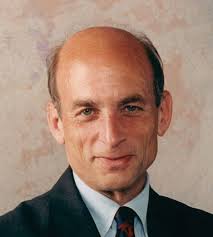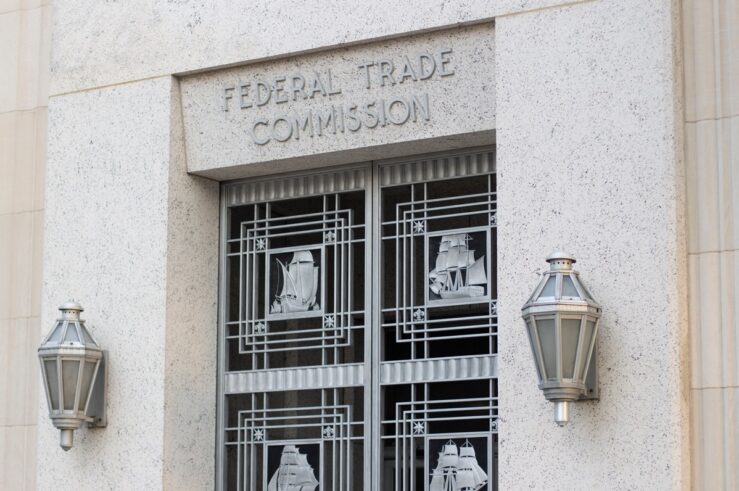The WSJ Law Blog discusses N.Y.C.’s Chief Judge Lippman’s campaign to solve the growing problem of poor people facing civil cases without lawyers – 2.3 million people in all state courts last year. Lippman wants more funding for legal aid lawyers. The main existing funding mechanism, the Interest on Lawyer Account Fund, has been depleted by the fall in interest rates.
The story links one from July that notes that “many people are likely losing claims and paying penalties they could have avoided with a lawyer at their side.” The July story quotes USC law prof Gillian Hadfield: “You can hardly find a lawyer who charges less than $150 per hour, which is out of reach for most people. The U.S. is unusual in how restrictive the rules are on who can give you assistance in court. Many of the lawyer-less are too rich for legal aid.” Indeed, the head of the Legal Aid Society in New York City says it “can only help one out of every nine people who solicit our help.”
The July story focuses on a 70-year-old Florida non-lawyer retiree who helped a lawyer-less church friend petition for workers’ compensation benefits by typing legal documents and answering questions in court. The Florida Bar charged the retiree with engaging in the unlicensed practice of law and sought a $1,000 fine. Its counsel says the bar needs “to protect the public from incompetent or unethical representation.” The story concludes by noting that the retiree is defending herself from the unauthorized-practice charges without a lawyer.
A situation in which millions of ordinary people must face increasing legal problems and regulation without legal assistance is a national disgrace. At the same time it’s accepted wisdom that law schools are producing too many lawyers who can’t get jobs. But it’s not so easy to funnel these lawyers into working on foreclosures for a few bucks an hour when they leave law school $100,000 in debt. The above stories demonstrate that there’s little prospect the huge gap between supply and demand will be bridged by increased public funding.
The solution is eliminating the lawyer licensing bottleneck and enabling the development of a legal information market that can serve the millions of people who now have little recourse but self-help. Such a market would give the middle and lower-middle class ready access to paralegals trained to handle lower-level cases and expanded legal offerings of legal software and forms.
Gillian Hadfield, quoted above, has produced several articles analyzing ways to revamp the law and legal services to deal with the above problems. See The Price of Law, Legal Barriers to Innovation, and her recent Law for a Flat World. I’ve been working with Bruce Kobayashi on an article exploring how contracts and intellectual property laws could be designed to provide incentives for innovations leading to a more robust legal information market. Here also is my critique of lawyer licensing laws.
The bar’s protestations about “incompetent or unethical representation” are obviously designed to protect current lawyers’ jobs. Consumers of legal information can be protected by regulation without broad restrictions on who can provide what services. This may not be perfect, but it’s better than forcing millions of people to face legal problems with no help at all.
The legal profession needs to understand that irresistible pressures are coming not only from markets, as I discuss in my Death of Big Law, but also from consumer advocates who are making some pretty convincing arguments about overpriced legal services. Pressure for deregulation of legal services in the UK came from consumer interests, not the bar. Responding to these calls for reform with the band-aid of legal aid plus the heavy hand of unauthorized practice litigation only throws gasoline on a growing fire demanding fundamental change.




